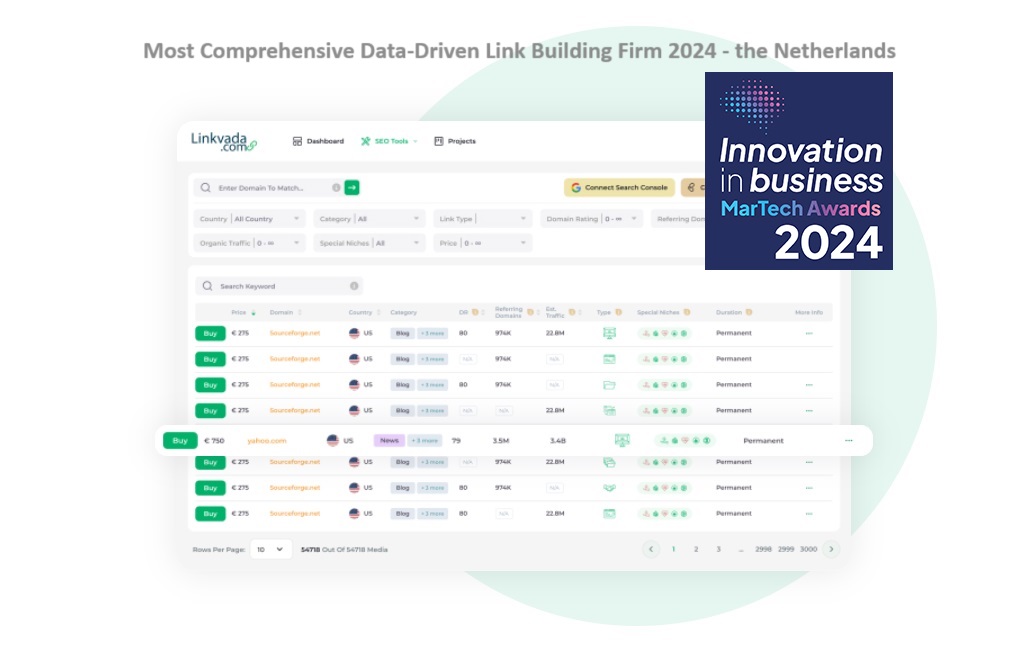Optimizing your content for SEO: A Step-by-Step Guide
Sofia
| Published on 17 December, 2023
| 2 min read

The digital landscape is constantly evolving, and in the world of SEO, content is king. But simply creating content isn't enough. Your content must be optimized for SEO to ensure it's visible to search engines and, ultimately, your audience. This guide will provide a step-by-step approach to optimize your content for SEO, from keyword research to content formatting and beyond.
Step 1: Conduct Keyword Research
The first step in optimizing your content for SEO is keyword research. Keywords are the terms and phrases your audience types into search engines. Tools like Google Keyword Planner, Linkvada's Marketing Manager, SEMrush, and Ahrefs can help you find relevant keywords based on search volume and competition.
Step 2: Understand Search Intent
Understanding the intent behind the keywords you're targeting is crucial. Search intent refers to the reason a user conducts a specific search. Are they looking for information, a specific website, or are they looking to make a purchase? Tailoring your content to match search intent can significantly improve your SEO performance.
Step 3: Create Quality Content
Once you've identified your keywords and understood the search intent, the next step is creating quality content. Your content should provide value to your audience and answer their queries effectively. Use your keywords naturally within the content, and ensure it is well-written, unique, and informative.
Step 4: Use SEO-Friendly URLs
Your URL should be SEO-friendly, meaning it should be concise, readable, and relevant to your content. Including your target keyword in the URL can also contribute positively to your SEO efforts.
Step 5: Optimize Title Tags and Meta Descriptions
Title tags and meta descriptions play a vital role in SEO. Your title tag should be engaging, relevant, and include your target keyword. Similarly, your meta description should succinctly summarize your content and encourage users to click through from the search results.
Step 6: Incorporate Relevant Internal and External Links
Linking to other content on your site (internal links) helps search engines understand the structure of your website. Similarly, linking to high-quality external sources can boost your site's credibility. However, always ensure that your links add value to your readers and are relevant to your content.
Step 7: Use Headers and Formatting
Using headers and proper formatting not only makes your content easy to read but also improves your SEO. Headers (H1, H2, H3, etc.) help search engines understand your content's structure and relevance.
Step 8: Optimize Images
If your content includes images, ensure they are optimized. Use relevant file names, include alt text with keywords, and compress images to improve page load speed.
SEO content optimization is a continuous and evolving process. By adhering to these steps, you can create content that not only appeals to your audience but also performs well in search engine rankings.
Ready to take your content to the next level? Sign up for Linkvada or contact us for more information on how our comprehensive suite of tools can support your SEO efforts.
Popular Posts
Ready to Transform Your SEO Game?
Dive into Linkvada and discover how our sophisticated link building platform can amplify your online visibility.
Start your journey today!!
All trademarks, logos, and brand names referenced are the property of their respective owners. Any company, product, and service names mentioned are used solely for identification purposes. Their use does not imply any form of endorsement or affiliation.








